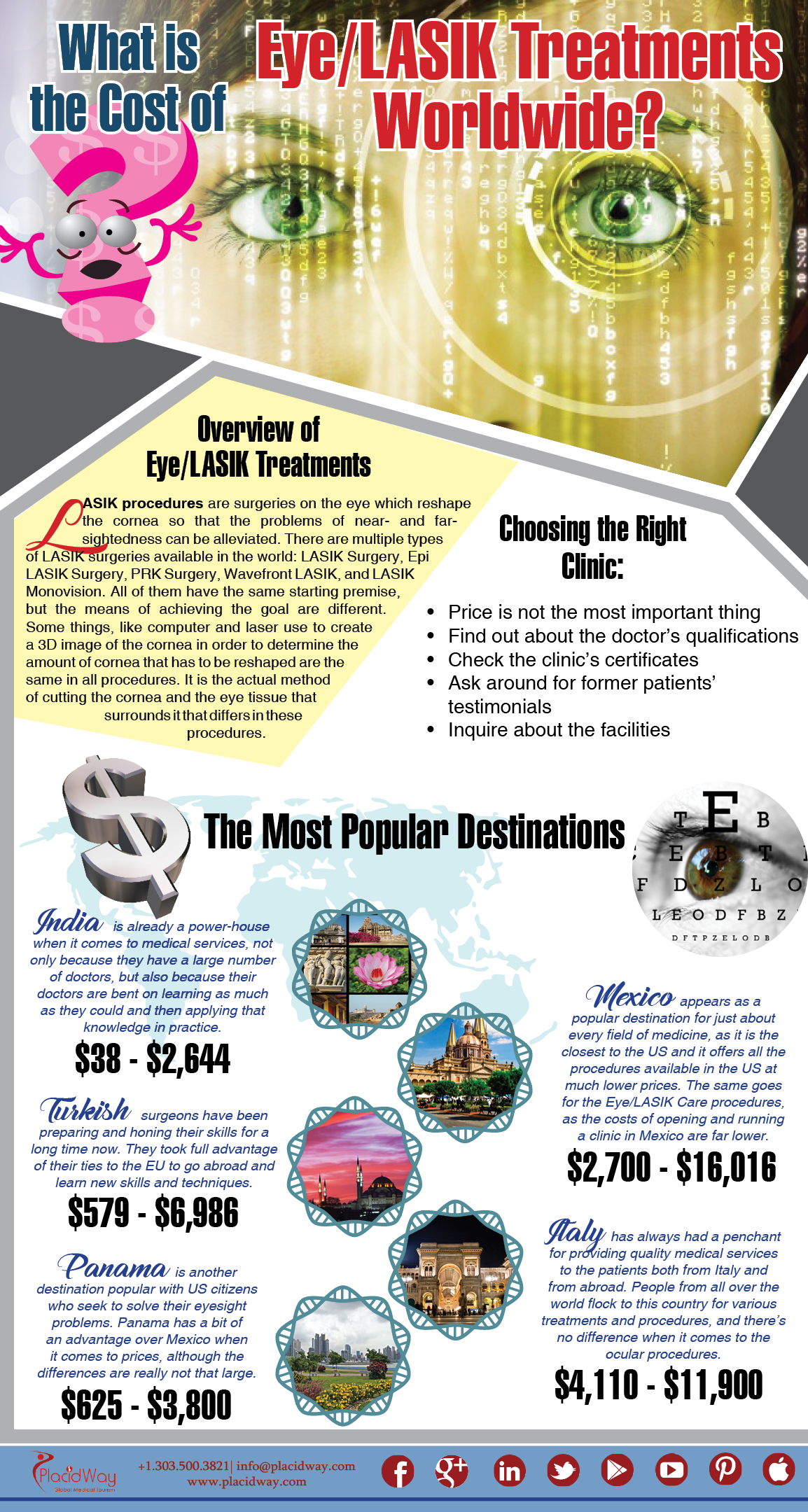As a cataract doctor, your day begins with a complete eye exam, where you analyze patients' vision and lens quality. You understand how critical it is to recognize cataracts properly. When diagnosed, you get ready for surgical treatment, guaranteeing every detail is represented. But the challenge doesn't finish there. The real journey unfolds in the operating room, where accuracy is essential. What occurs following could define a person's aesthetic future.
The Diagnostic Refine: Identifying Cataracts
When it involves detecting cataracts, clarity is vital. You'll start with an extensive eye assessment, where you'll evaluate visual acuity and check for any kind of indications of cloudiness in the lens.
Throughout this procedure, you'll make use of specialized equipment, such as a slit lamp, to obtain an in-depth sight of the eye's structure. You'll additionally perform a dilated eye examination to examine the lens and retina better.
Collecting your client's medical history is crucial, as it helps identify threat aspects like age, diabetic issues, or previous eye injuries.
After analyzing cataract surgery by hand , you'll establish the existence and intensity of cataracts. This meticulous strategy guarantees you give the very best recommendations for therapy, establishing the stage for the following steps in their care.
The Operation: Precision in Action
After detecting cataracts and reviewing therapy choices, you plan for the surgery, where precision is vital.
You enter the operating room, putting on sterile gloves and a mask. The person rests conveniently under bright lights, prepared for the transformation.
You start by providing regional anesthetic, ensuring they feel no discomfort. With a constant hand, you make a small cut in the cornea, making use of sophisticated strategies to remove the cloudy lens.
https://www.stgeorgeutah.com/news/archive/2020/12/21/avm-copyright-zion-eye-institute-ophthalmologist-dr-jayson-edwards-embraces-new-technologies-to-restore-sight-improve-lives/ insert the fabricated intraocular lens, straightening it flawlessly for optimum vision. Throughout the treatment, you monitor vitals and change as required, maintaining concentrate on the job.
In simply a short time, you'll have restored your client's view, a satisfying outcome for both of you.
Post-Operative Treatment: Making Certain Ideal Recuperation
When the surgery is total, your function changes to making sure the individual's smooth recovery.
You'll begin by giving clear post-operative instructions, stressing the importance of using the eye guard and taking proposed medicines. Advise https://custom-eye-lasik-surgery18405.blog-mall.com/36998685/after-cataract-surgery-it-is-essential-to-be-aware-of-the-modifications-in-your-vision-learn-what-prevails-and-what-can-show-a-prospective-concern-do-you-understand-the-signs to avoid scrubing their eyes and engaging in arduous activities.
Set up a follow-up visit within a few days to check recovery and resolve any issues. Motivate people to report any kind of signs of infection, such as boosted inflammation or discharge.
In https://dominickhzskc.blog-eye.com/36499188/working-with-a-specialist-for-your-cataract-surgical-procedure-can-significantly-boost-your-vision-recuperation-discover-the-reasons-experience-is-important-in-this-life-altering-procedure , go over the importance of using man-made tears to reduce dry skin. Support their emotional wellness by comforting them that visual renovations might take time.
Final thought
In a cataract specialist's day, you witness the trip from medical diagnosis to healing. You see the precision in surgical procedure and the care taken post-operation to guarantee your optimum healing. Through this experience, you acquire clearness not just in vision, but in comprehending the whole procedure. The trust established between you and your cosmetic surgeon is critical, paving the way for a smoother recovery. With the right support, you're on your means to taking pleasure in a brighter, clearer world.
